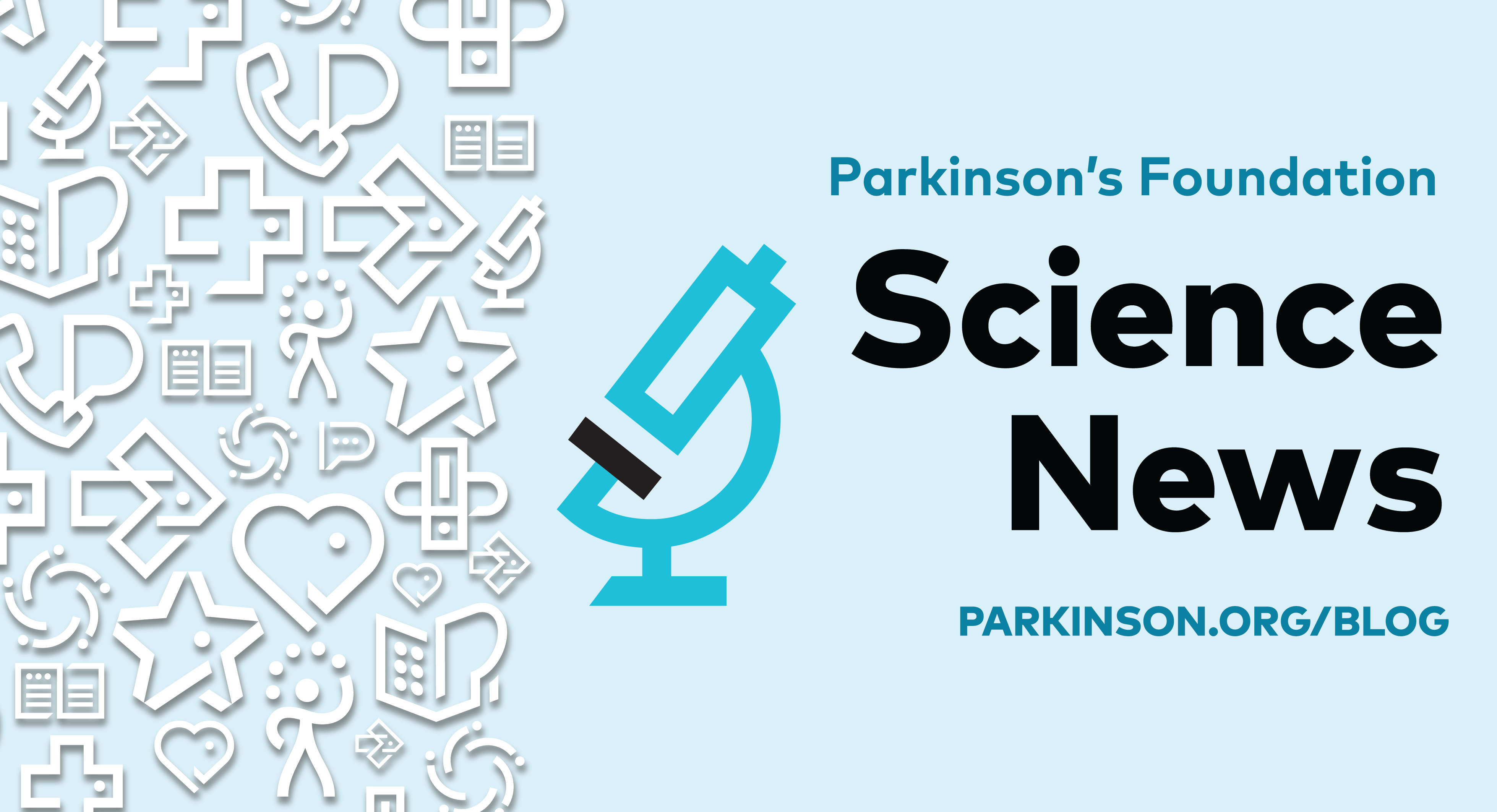Berry Compound Reverses Parkinson's in Mice

The human body naturally produces antioxidants. These antioxidants have been shown to destroy excess free radicals (oxidative stress) which, in turn, helps protect brain cells (neurons) from their toxic effects, such as inflammation, DNA damage and cell tissue damage. Studies have also shown that long-term oxidative stress contributes to the development of many diseases such as diabetes, cancer and Parkinson’s disease (PD).
In the brains of people with PD, there’s a build-up of a protein called PARIS (Parkin Interacting Substrate), that inhibits the production of another protein called PGC-1α. One of the many important functions of PGC-1α in dopamine-producing cells is to fight off damaging oxidative stress – so that there’s plenty of healthy dopamine remaining to do its job.
This begged the question: might there be an antioxidant that could block the PARIS accumulation – that leads to the PGC-1α not being able to protect the dopamine-producing cells?

A just-published study in the journal, Science Translational Medicine, titled “PARIS farnesylation prevents neurodegeneration in models of Parkinson's disease,” (Jo et al., 2021) screened over 230,000 compounds, and identified farnesol as a possible candidate. Farnesol is a natural compound found in berries (as well as other fruits and herbs) that has demonstrated impressive antioxidant capabilities.
To accomplish this complex study, scientists created mice models with different genetic make-ups. For example, some of the mice models did not have the parkin protein, while others had an overproduction of PARIS, among others. The mice were then randomly selected to be fed either a farnesol-supplemented diet for one week, or a regular mouse diet.
The following week, the mice were injected with alpha-synuclein, (a key protein involved in PD). Behavioral and chemical tests were conducted, in addition to robust statistical analyses. Next, multiple experiments were carried out on the mice brain tissue, such as measuring the concentration of farnesol in the mouse brain. The scientists also measured the levels of dopamine, PARIS and PGC-1α proteins in the mice brain tissue.
Results
- PD mice models fed the farnesol-supplemented diet demonstrated improvements in strength and coordination tests designed to measure the progression of PD symptoms.
- PD mice models fed the farnesol-supplemented diet had twice as many healthy dopamine neurons than mice not fed the farnesol-enriched diet.
- PD mice models fed the farnesol-supplemented diet had approximately 55% more of the protective protein PGC-1alpha in their brains than the untreated mice.
What does this mean?
This study demonstrated that in mice models of Parkinson’s, eating farnesol not only prevented the loss of dopamine-producing neurons, it reversed behavioral deficits in mice, showing an improvement in strength and coordination. Thus, the process of the farnesol binding to the PARIS protein worked: PARIS was successfully deactivated and could no longer interfere with PGC-1α doing its job to protect dopamine-producing neurons.
Of note, since this study was conducted in mice, it is not known if farnesol will act the same way in people. It is far too soon in this investigative process to know, but these findings are encouraging and warrant further study.
Learn More
The Parkinson’s Foundation believes in empowering the Parkinson’s community through education. Learn more about PD and antioxidants by vising the below Parkinson’s Foundation resources or by calling our free Helpline at 1-800-4PD-INFO (473-4636) for answers to your Parkinson’s questions.
Related Blog Posts

Top Parkinson’s Science News Articles of 2025

Celebrating 12 Milestones that Defined 2025
